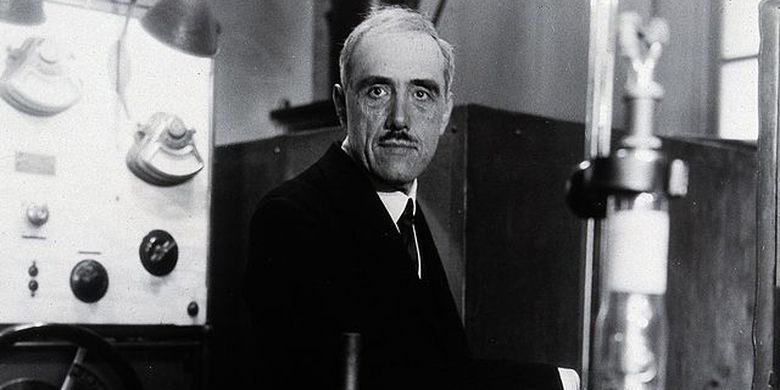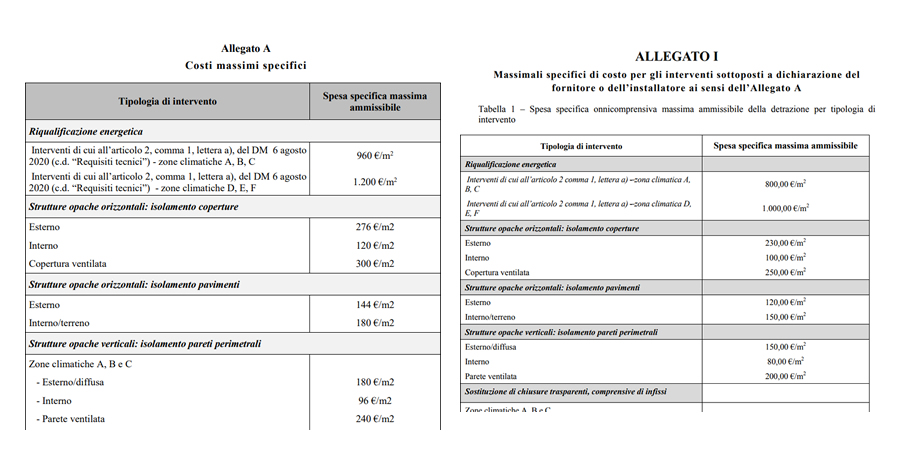KOMPAS.com – In studying particles and waves, there is something called Broglie’s hypothesis. Broglie hypothesis states that any particle that has linear momentum can behave as a wave.
However, what exactly is de Broglie’s hypothesis? To find out the answer, see the explanation below!
Background to de Broglie’s hypothesis
Broglie’s hypothesis is a hypothesis put forward by a French physicist named Louis Victor Pierre Raymond dec de Broglie.
Reported from Encyclopedia Britannica, de Broglie was moved when he learned of the work of German physicists Max Planck and Albert Einstein from his brother. At that time, the concept of wave and particle dualism was born in the world of physics.
Also read: What is Light Dualism?
A Danish physicist named Niels Bohr, tried to explain the behavior of electrons and formed Bohr’s early quantum atomic theory. However, the explanation is limited to the hydrogen atom only.
Reported from chemeurope, de Broglie tried to extend Bohr’s ideas so that they could be applied beyond hydrogen. This is the background of de Broglie’s hypothesis.
De Broglie’s hypothesis states that “any particle of matter that has linear momentum can behave as a wave”.
De Broglie wavelength
What is the de Broglie wavelength of the particle?
To support his hypothesis, de Broglie created the wavelength equation by combining the energy equation in Einstein’s special relativity (E = mC²) and the Max Planck energy quantization equation (E = hv).
Also read: What Are Einstein’s Postulates in Special Theory of Relativity?
Reported from Lumen Learning, de Broglie showed that the theory of relativity applies not only to photons, but also to all particles with linear momentum. That is, all particles including electrons also have wave properties.
Broglie believed that waves could behave as particles and particles could behave as waves. There is a symmetrical relationship between the two, so the energy will be equal to each other.
mC² = hv
Reported from Chemistry LibreTextssince real particles do not travel at the speed of light, de Broglie replaced the speed of light (C) with the speed of the particle (v).
mv² =hv
Meanwhile, de Broglie substitutes v with v/λ. So the equation becomes:
mv² = hv/ λ
λ = hv/mv² = h/mv
λ = h/p
With,
: de Broglie wavelength
h: konstanta Planck (6,62607 x 10^-34 Js)
p: particle momentum
Thus, it is found that the wavelength of matter or particles is inversely proportional to the magnitude of the linear momentum.
Get updates news of choice and breaking news every day from Kompas.com. Let’s join the Telegram group “Kompas.com News Update”, how to click the link https://t.me/kompascomupdate, then join. You must first install the Telegram application on your cellphone.–


